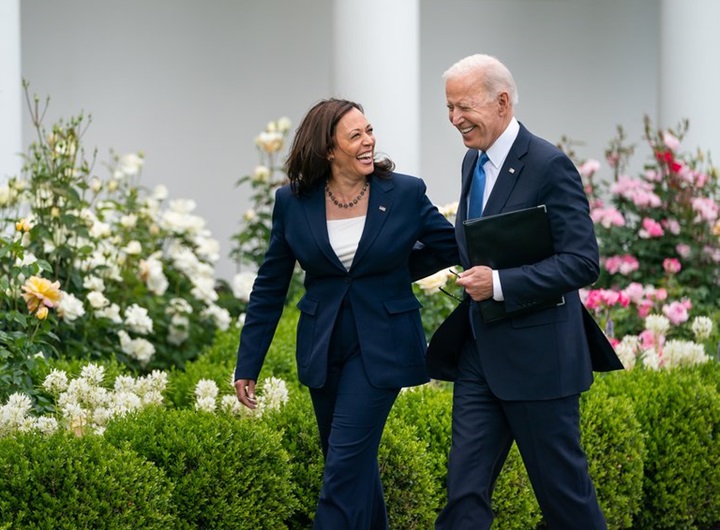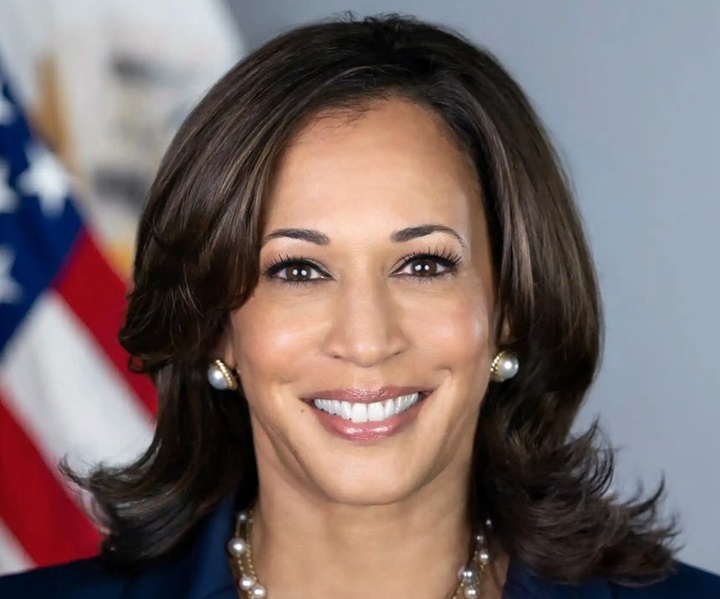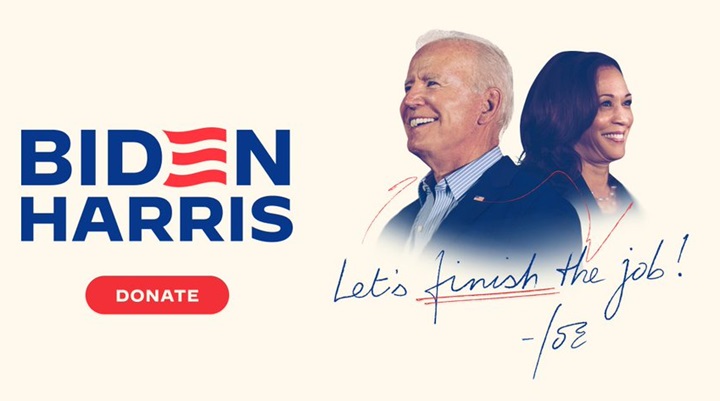Kamala Harris’s rise to the position of Vice President of the United States has been marked by a series of significant milestones, and she is now being strongly considered as a successor to President Joe Biden.
Here’s an in-depth look at her path to the vice presidency, the reasons behind her being touted for the top job, and her response to these developments.
Backing from President Biden
President Joe Biden has publicly endorsed his Vice President, Kamala Harris, as a suitable candidate to take over as the Democratic Party’s nominee for the presidential election. This endorsement comes amidst growing concerns about Biden’s ability to continue in office, leading to speculation about Harris’s potential candidacy.

Harris’s Statement of Intent
Following Biden’s endorsement, Harris expressed her gratitude and determination, stating, “I am honoured to have the president’s endorsement and my intention is to earn and win this nomination.” She praised Biden for his lifelong dedication to public service and his selfless act of putting the American people first.
Early Life and Career
Kamala Harris was born in Oakland, California, to immigrant parents – her Jamaican father, Donald Harris, and Indian mother, Shyamala Gopalan, who were both distinguished in their respective fields. Raised by her mother in Berkeley, Harris’s early exposure to civil rights activism sparked her interest in law. She graduated from Howard University and the University of California Hastings College of Law, embarking on a career that saw her serve as a deputy district attorney, managing attorney, and eventually the first female district attorney of San Francisco.

Political Ascendancy
In 2010, Harris was elected as the Attorney General of California, overseeing the largest state justice department in the US. Her tenure was marked by significant achievements, leading to her successful bid for the US Senate in 2016. As a Senator, Harris gained national recognition for her incisive questioning during high-profile hearings, which bolstered her reputation as a formidable politician.
Presidential Campaign and Vice Presidency
Harris launched her campaign for the Democratic presidential nomination in January 2019 with the slogan “Kamala Harris for the People”. Despite initial promise, she withdrew from the race in December 2019 due to financial constraints. However, in August 2021, Joe Biden selected her as his running mate, praising her as a “fearless fighter for the little guy”. Harris’s selection made her the first Black and South Asian woman to be nominated for Vice President by a major party.

Upon Biden’s victory, Harris made history as the first woman, and the first person of Black and South Asian descent, to become Vice President of the United States. Her tenure has been characterised by a focus on key issues such as abortion rights and immigration reform.
The Path Forward
In recent times, speculation about Harris’s potential presidential candidacy has intensified, especially following a series of gaffes by President Biden. Despite these challenges, Harris has remained steadfast in her loyalty to Biden while acknowledging the stakes of the upcoming election. She has avoided explicitly addressing questions about her readiness to step in for Biden, maintaining a focus on their joint administration’s goals.
Conclusion
Kamala Harris’s journey to the vice presidency and her potential candidacy for the presidency represent a significant chapter in American politics. With President Biden’s endorsement and her extensive experience, Harris stands as a prominent figure who could shape the future of the Democratic Party and the nation. As the political landscape evolves, her role and influence will undoubtedly continue to grow.
Support InfoStride News' Credible Journalism: Only credible journalism can guarantee a fair, accountable and transparent society, including democracy and government. It involves a lot of efforts and money. We need your support. Click here to Donate
